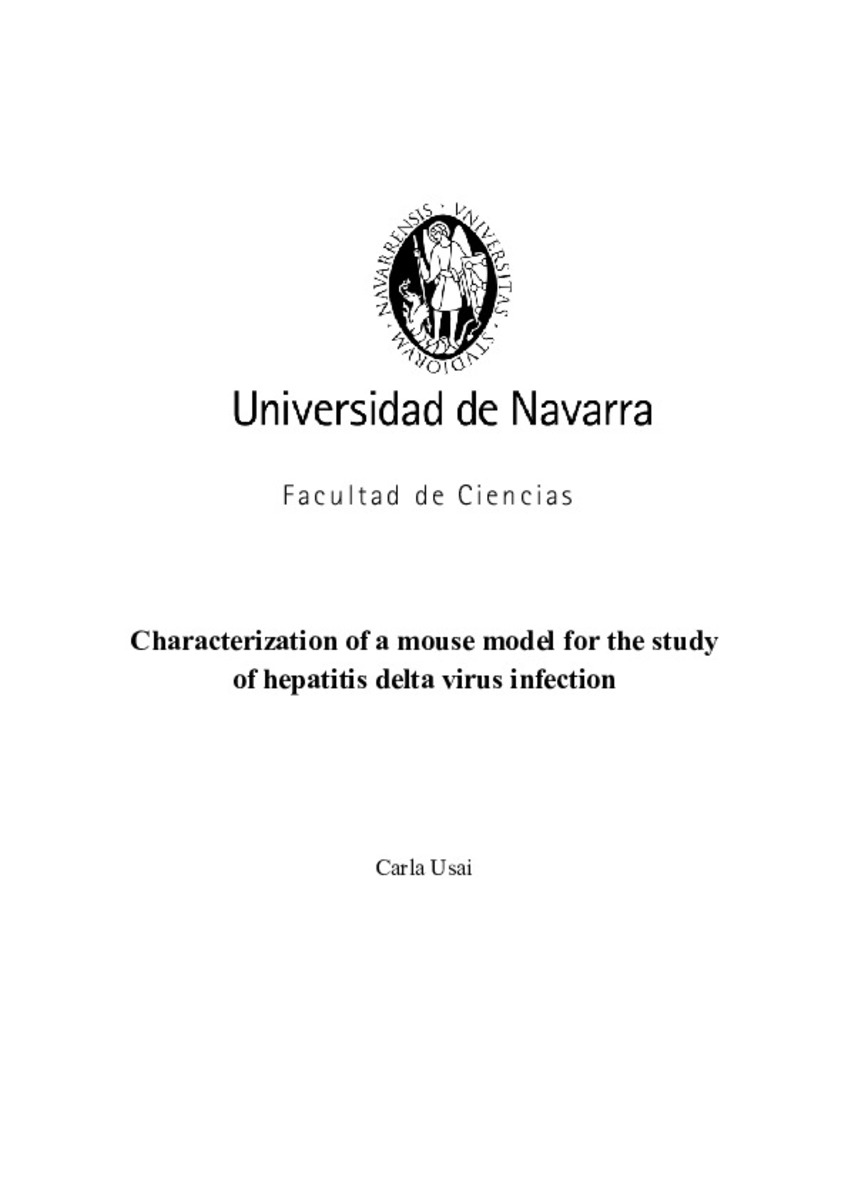Characterization of a mouse model for the study of hepatitis delta virus infection
Palabras clave :
Materias Investigacion::Ciencias de la vida
Virología
Inmunología
Fecha de publicación :
30-oct-2018
Fecha de la defensa:
2-jul-2018
Cita:
USAI, C. "Characterization of a mouse model for the study of hepatitis delta virus infection", González, G. y Aldabe, R. (dirs.). Tesis doctoral. Universidad de Navarra, Pamplona, 2018.
Aparece en las colecciones:
Estadísticas e impacto
0 citas en

0 citas en

Los ítems de Dadun están protegidos por copyright, con todos los derechos reservados, a menos que se indique lo contrario.








